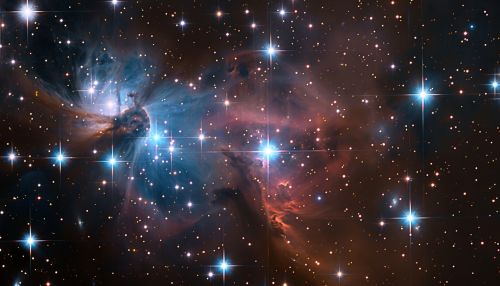Initial Mass Function
Overview
The Initial Mass Function (IMF) is a fundamental concept in astrophysics, particularly in the field of stellar evolution. The IMF describes the distribution of initial masses for a population of stars. It is an empirical function that shows the number of stars per unit volume in a given mass range. The IMF is a critical factor in the evolution of galaxies and the universe as a whole.


Definition
The Initial Mass Function is defined as the distribution of masses for a group of stars at the time of their formation. It is usually represented as a power law, with the number of stars decreasing rapidly with increasing mass. This distribution is typically expressed in terms of the mass function ξ(m), which gives the number of stars in a given mass range per unit volume.
Importance in Astrophysics
The IMF has significant implications for various areas of astrophysics. It influences the evolution of galaxies, the production of heavy elements, the formation of black holes, and the generation of gravitational waves. The IMF also plays a crucial role in determining the luminosity and color of a galaxy.
Determination of the IMF
The IMF is determined empirically by observing star clusters and counting the number of stars in different mass ranges. This is a challenging task due to the difficulty in measuring the masses of stars accurately, particularly for low-mass stars and brown dwarfs.
Theoretical Models
Several theoretical models have been proposed to explain the form of the IMF. These models generally involve a combination of the physics of star formation and the dynamics of molecular clouds. Some of the most prominent models include the Jeans mass model, the turbulent fragmentation model, and the competitive accretion model.
Variations in the IMF
While the IMF is often assumed to be universal, there is evidence that it may vary under different conditions. Some studies have suggested that the IMF may depend on the metallicity of the star-forming region, the density of the molecular cloud, or the properties of the galaxy as a whole.
Implications for Galaxy Evolution
The IMF has profound implications for the evolution of galaxies. The mass distribution of stars determines the rate of stellar evolution, the production of heavy elements, and the energy output of the galaxy. Changes in the IMF can therefore significantly alter the appearance and evolution of a galaxy.
Future Research
Despite its importance, the IMF is still not fully understood. Future research will focus on improving the accuracy of mass measurements, exploring the possible variations in the IMF, and refining the theoretical models of star formation.
